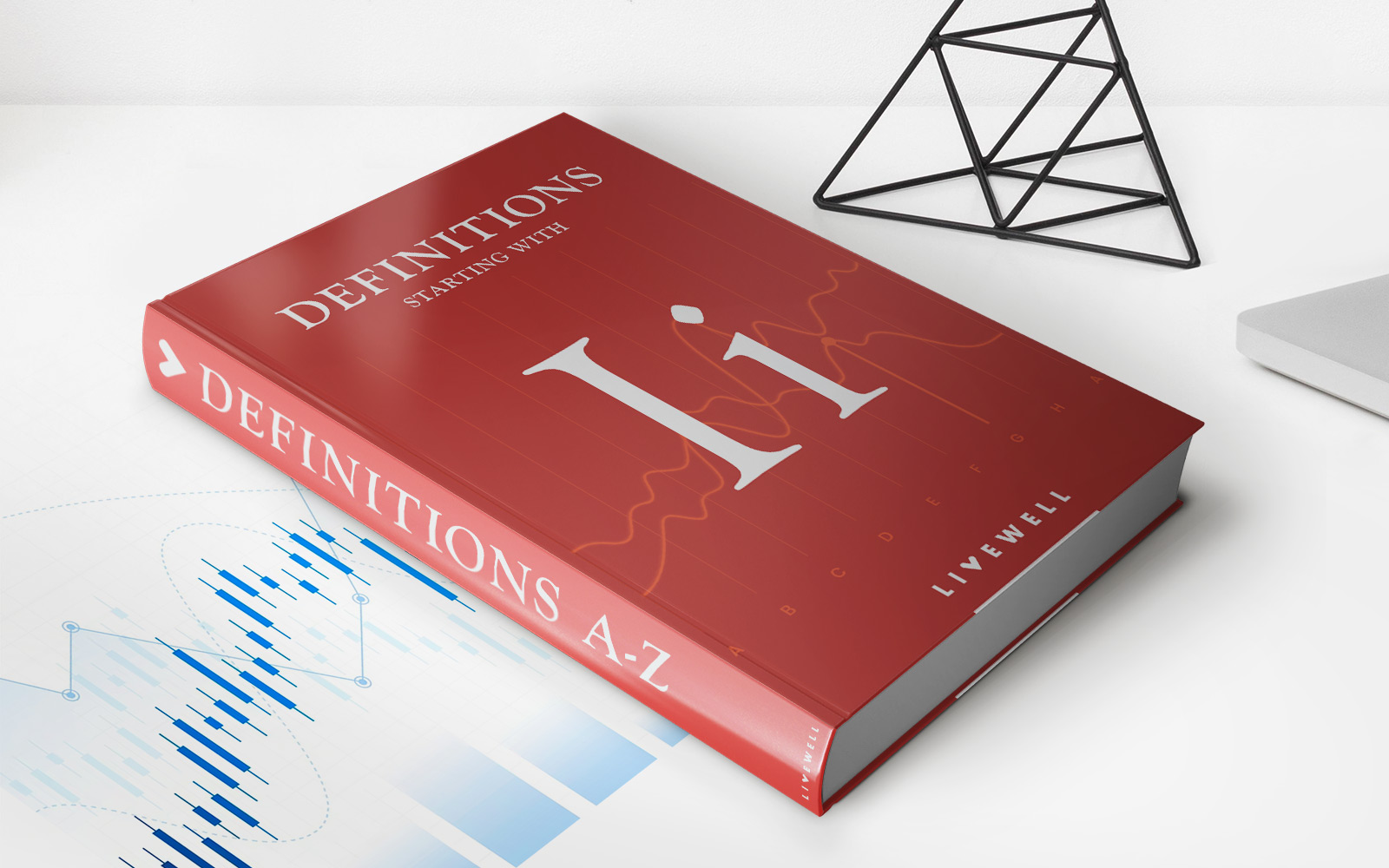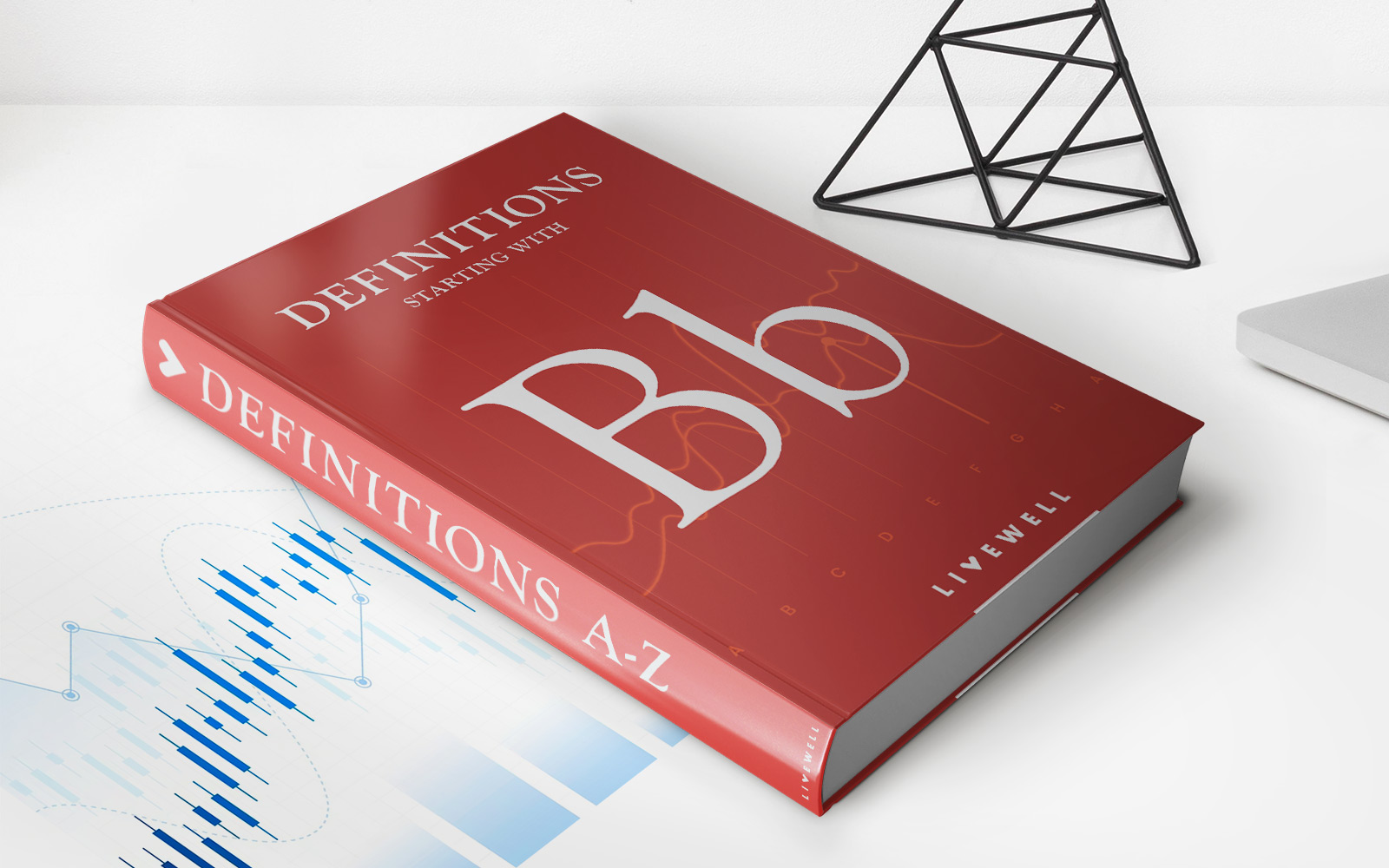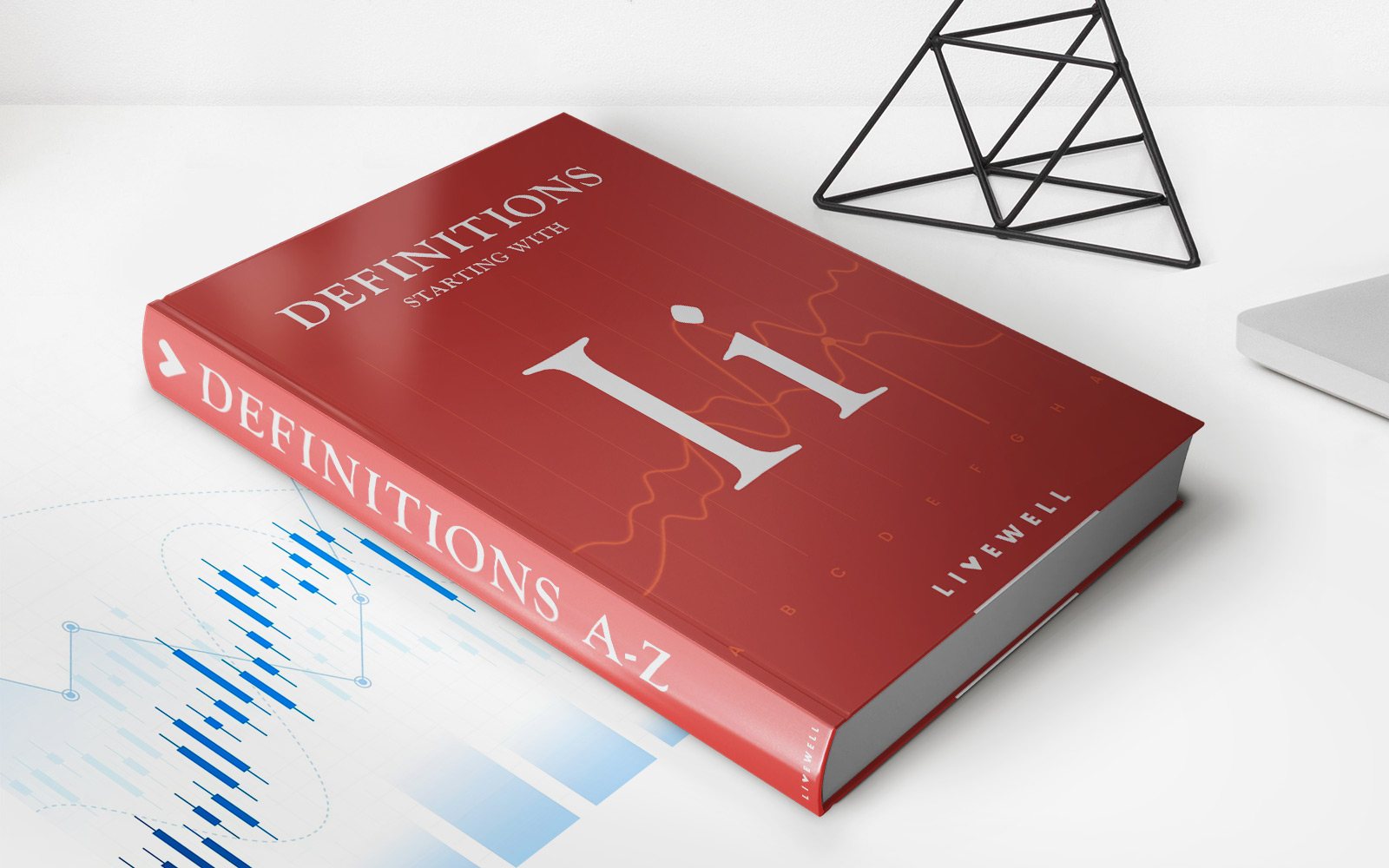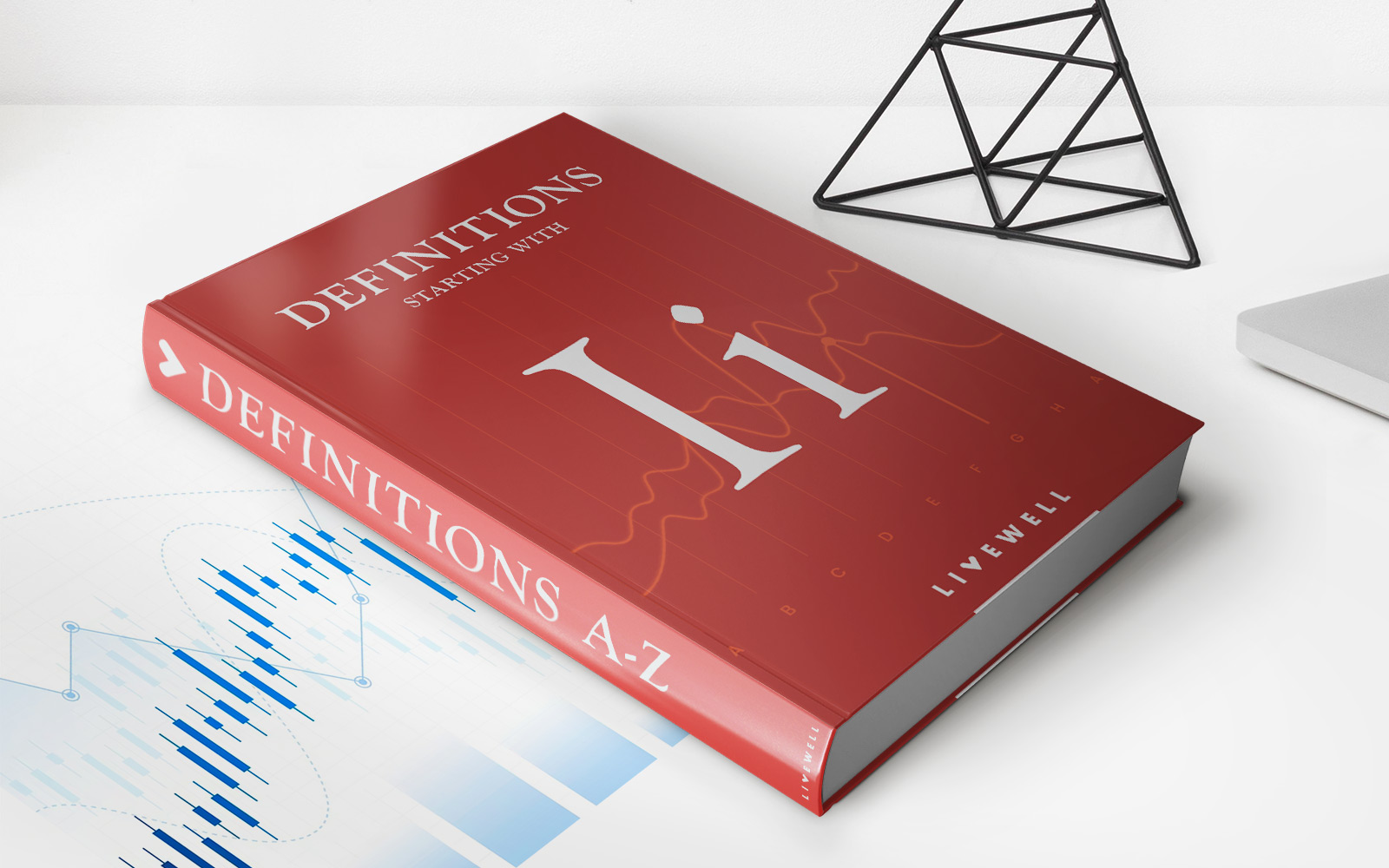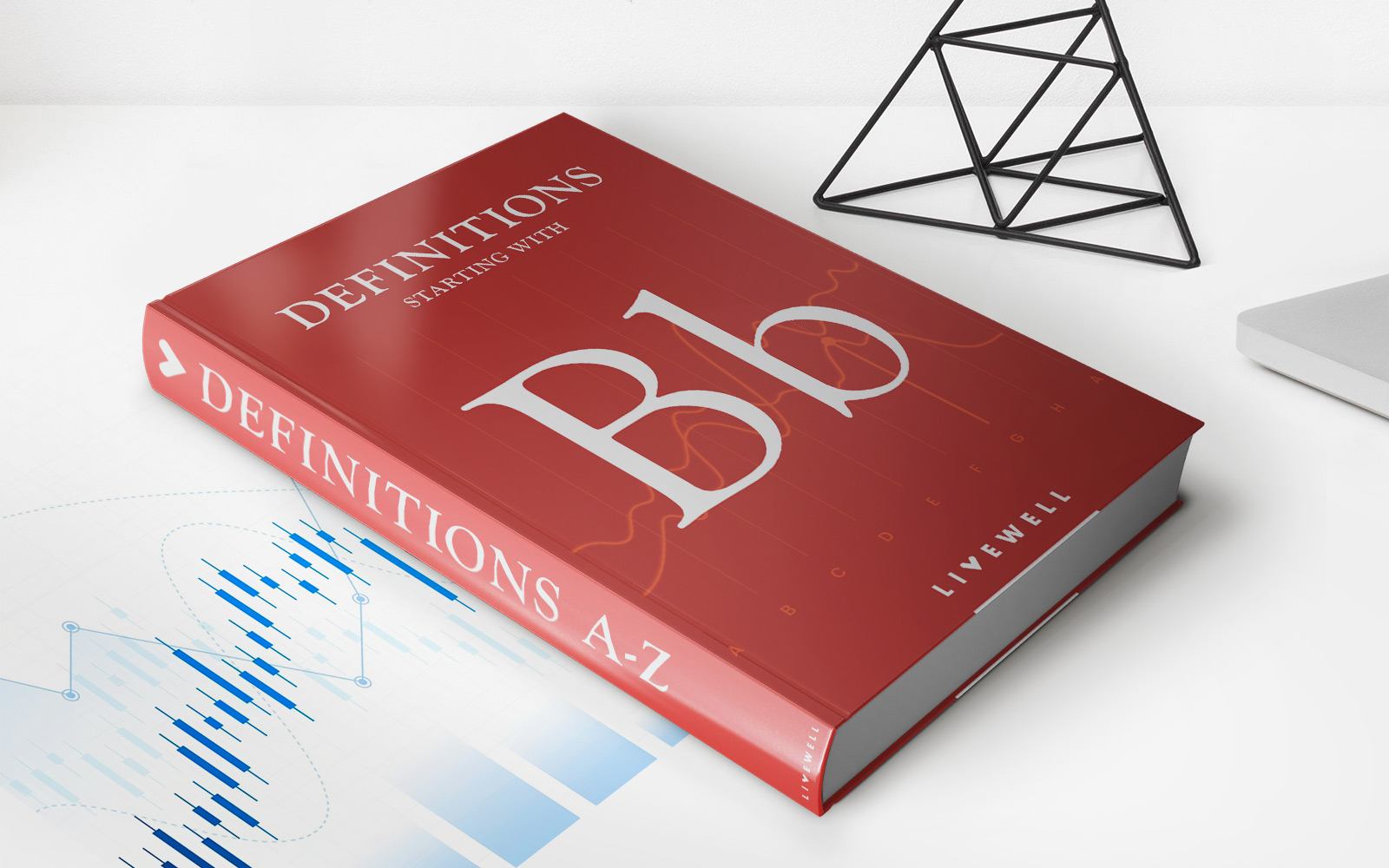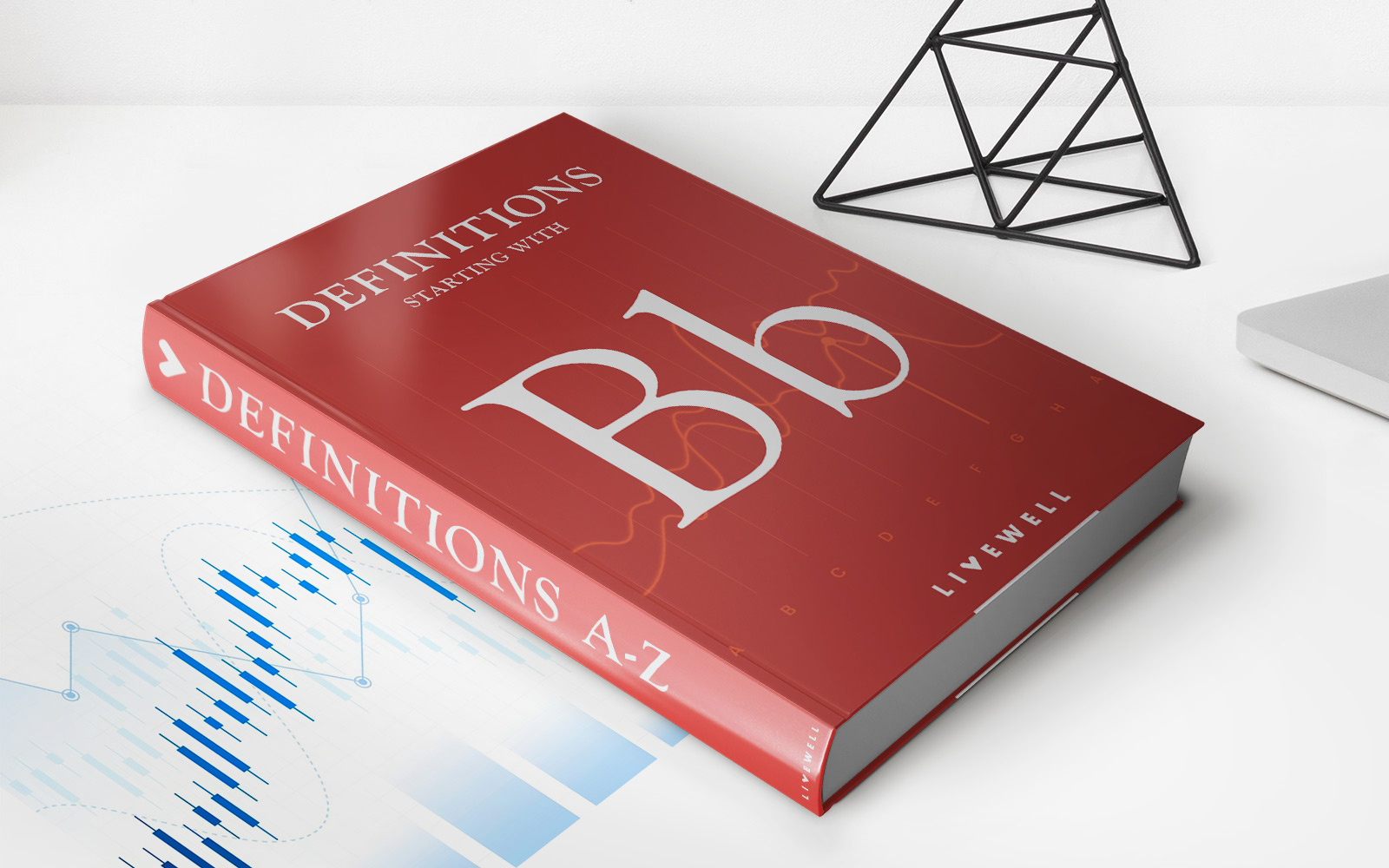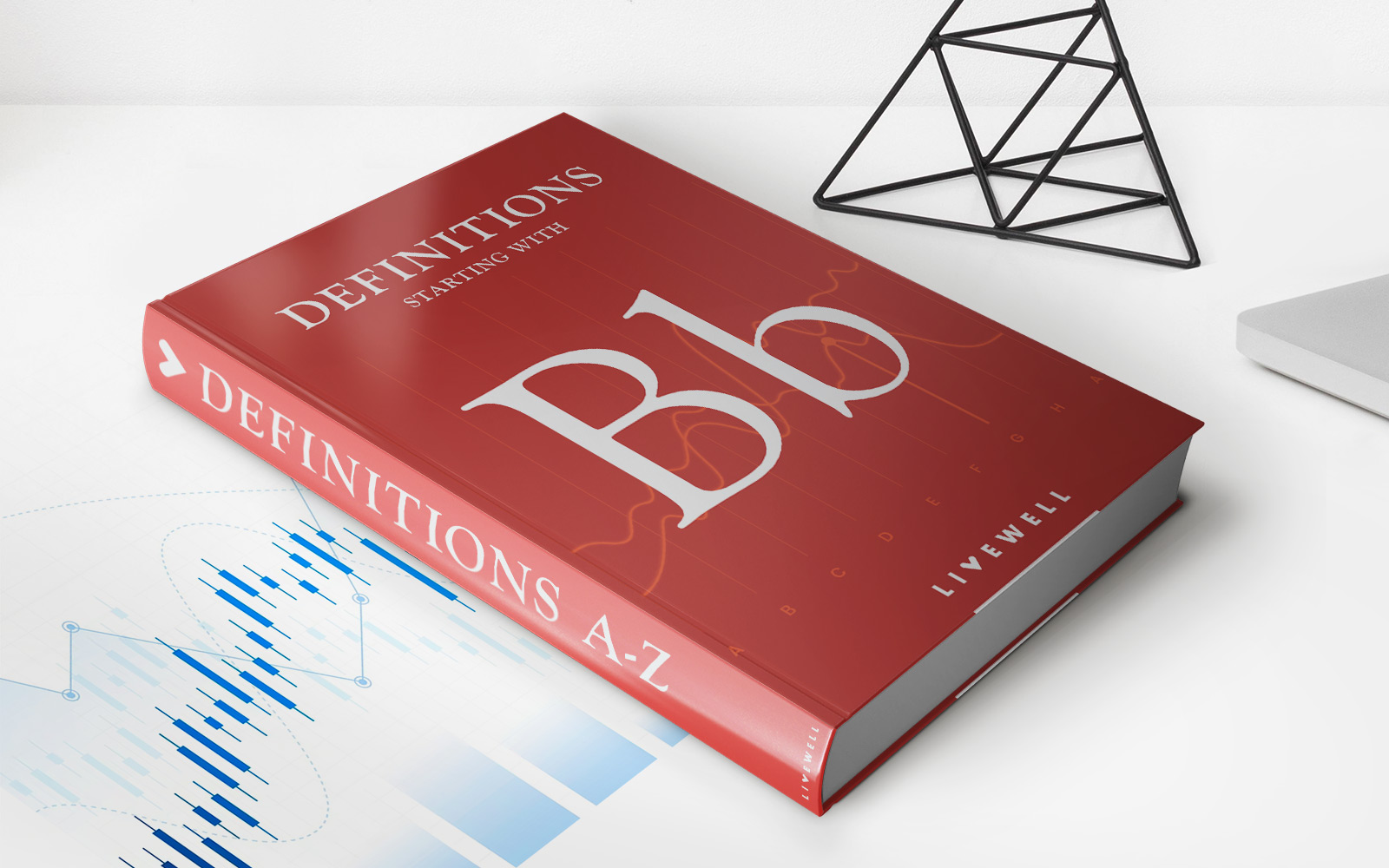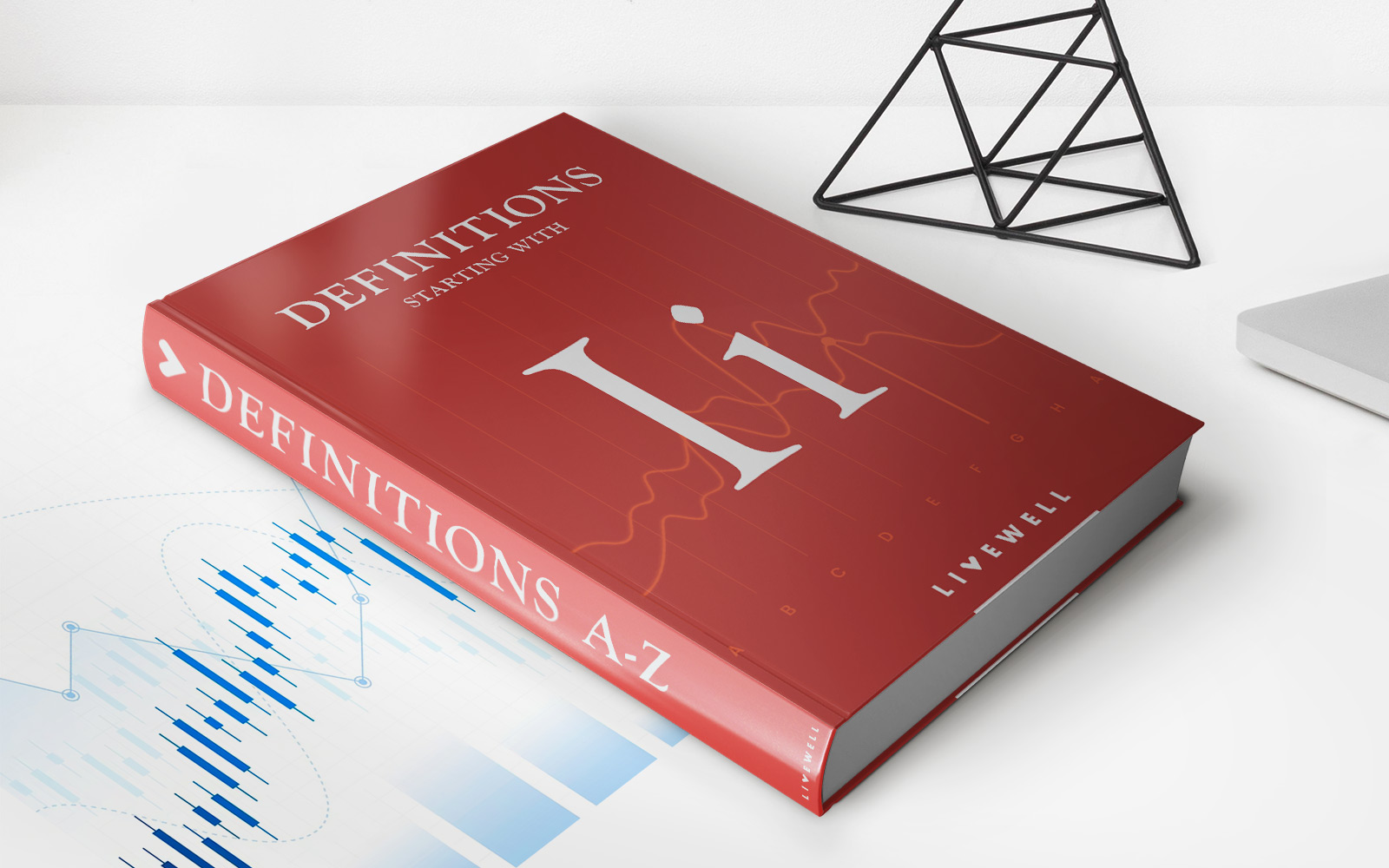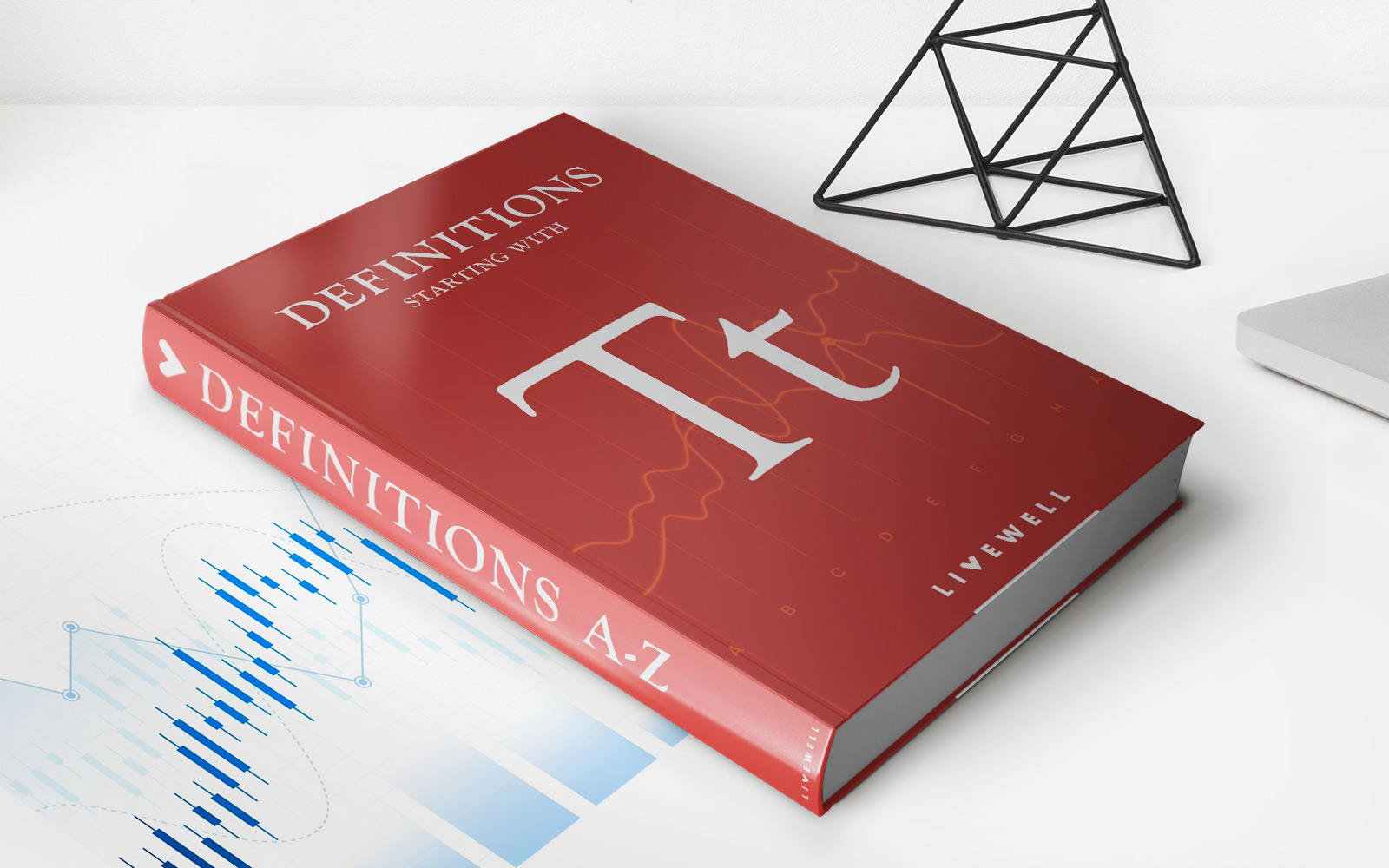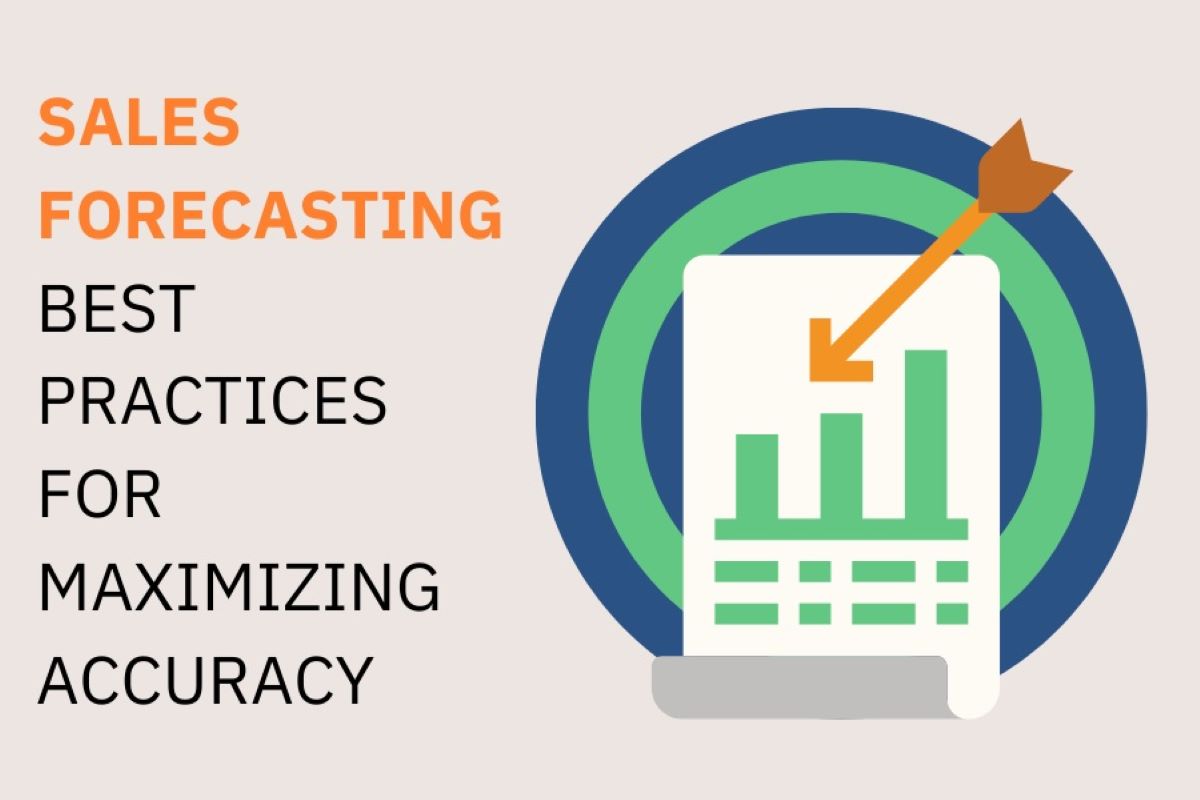Home>Finance>IRS Publication 15-B, Employer’s Tax Guide To Fringe Benefits Definition
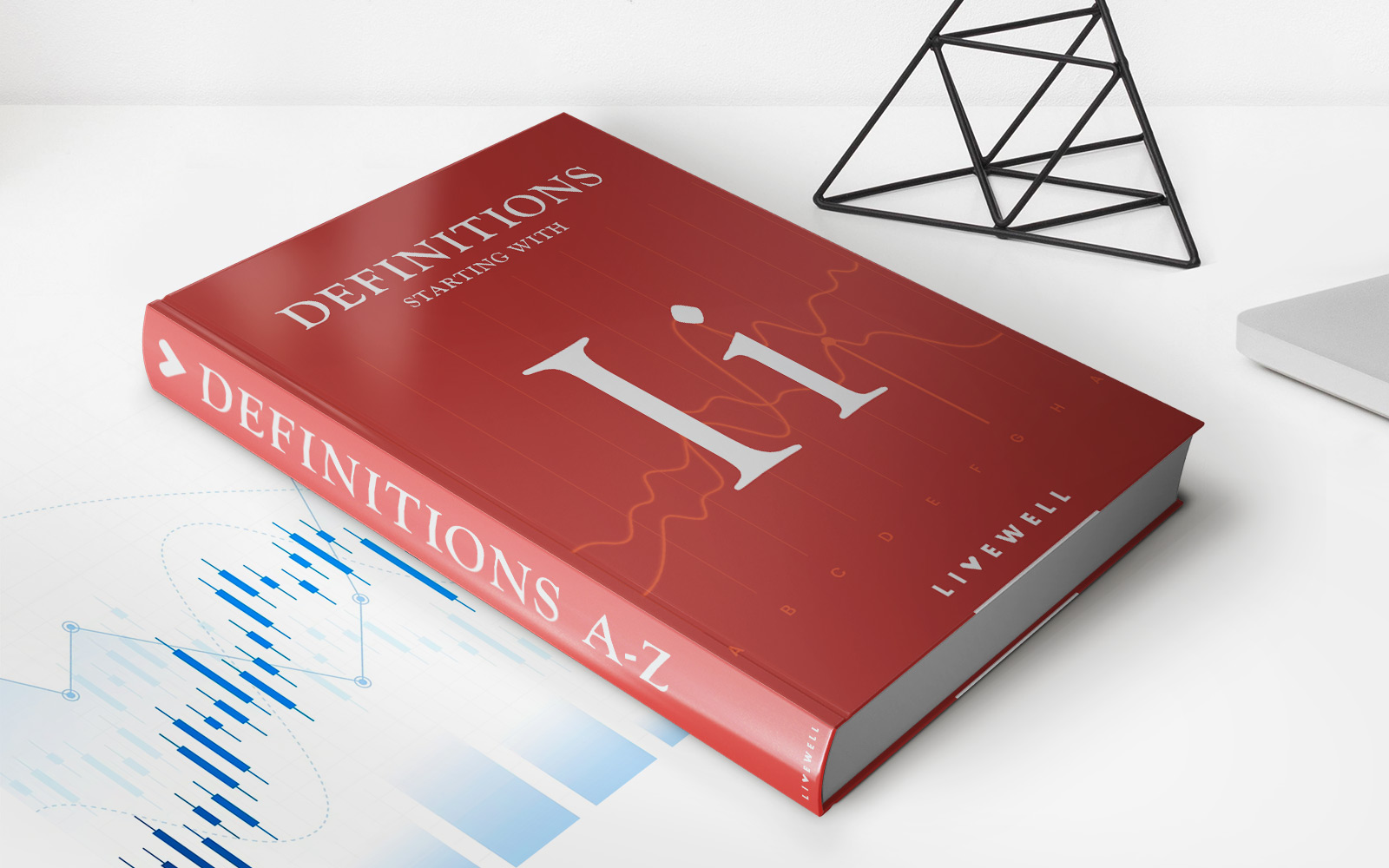

Finance
IRS Publication 15-B, Employer’s Tax Guide To Fringe Benefits Definition
Published: December 13, 2023
IRS Publication 15-B provides a comprehensive definition of fringe benefits for employers, contributing to their understanding of tax obligations in the realm of finance.
(Many of the links in this article redirect to a specific reviewed product. Your purchase of these products through affiliate links helps to generate commission for LiveWell, at no extra cost. Learn more)
The Comprehensive Guide to IRS Publication 15-B: Understanding Fringe Benefits
Welcome to another informative blog post in our FINANCE category! In today’s post, we will delve into the world of IRS Publication 15-B, Employer’s Tax Guide to Fringe Benefits Definition. If you’ve ever wondered what fringe benefits are and how they relate to your taxes, you’re in the right place! In this article, we will break down the ins and outs of IRS Publication 15-B, helping you understand the nuts and bolts of fringe benefits and how they can impact your financial situation.
Key Takeaways:
- Fringe benefits are additional non-wage compensations provided by employers to their employees.
- Understanding IRS Publication 15-B is crucial to ensure compliance and make informed decisions regarding taxes and fringe benefits.
So, let’s get started by answering the fundamental question:
What Are Fringe Benefits?
Fringe benefits are additional forms of compensation that employers provide to their employees beyond their regular wages. These benefits can include a wide range of perks that enhance an employee’s overall compensation package and work experience. Common examples of fringe benefits include health insurance, retirement plans, company cars, bonuses, vacation pay, and educational assistance.
While fringe benefits provide valuable advantages to employees, they are also subject to taxation. To gain a clear understanding of the tax implications tied to these benefits, employers and employees should familiarize themselves with IRS Publication 15-B.
Understanding IRS Publication 15-B
IRS Publication 15-B, also known as the Employer’s Tax Guide to Fringe Benefits, is a comprehensive guide that outlines the tax rules and regulations governing fringe benefits. This publication is a valuable resource for employers, payroll professionals, and employees alike, as it provides clear guidelines on how to classify and report various types of fringe benefits.
Key aspects covered in IRS Publication 15-B include:
- Defining fringe benefits and identifying which benefits are taxable and which are not.
- Calculating the fair market value of taxable fringe benefits for withholding and reporting purposes.
- Understanding the tax treatment of specific fringe benefits such as employee discounts, health coverage, transportation benefits, and more.
- Gaining insights into the rules and limitations surrounding certain fringe benefits like meals and lodging.
- Learning about the recordkeeping requirements and best practices for documenting fringe benefit programs.
By studying and applying the guidelines outlined in this publication, employers can ensure compliance with the IRS regulations while providing their employees with valuable benefits. For employees, familiarity with Publication 15-B allows for a better understanding of their tax obligations and the potential impact that fringe benefits can have on their overall tax liability.
Stay Informed and Stay Compliant
Whether you are an employer or an employee, it is essential to stay informed about IRS Publication 15-B. By understanding the rules and guidelines surrounding fringe benefits, you can make informed decisions that optimize your tax situation while staying in compliance with IRS regulations.
Keep in mind that the complexities of fringe benefits can vary depending on your specific circumstances and tax situation. Consulting with a qualified tax professional is always a good idea to receive personalized advice and ensure you are navigating the tax landscape effectively.
We hope that this blog post has shed some light on the importance of IRS Publication 15-B and the concept of fringe benefits. By staying informed and understanding how these benefits impact your taxes, you can make sound financial decisions and optimize your overall compensation package.
Thank you for joining us today in exploring this relevant topic in the world of finance. We look forward to sharing more insights with you soon! If you have any questions or topics you’d like us to cover, please leave a comment below.
